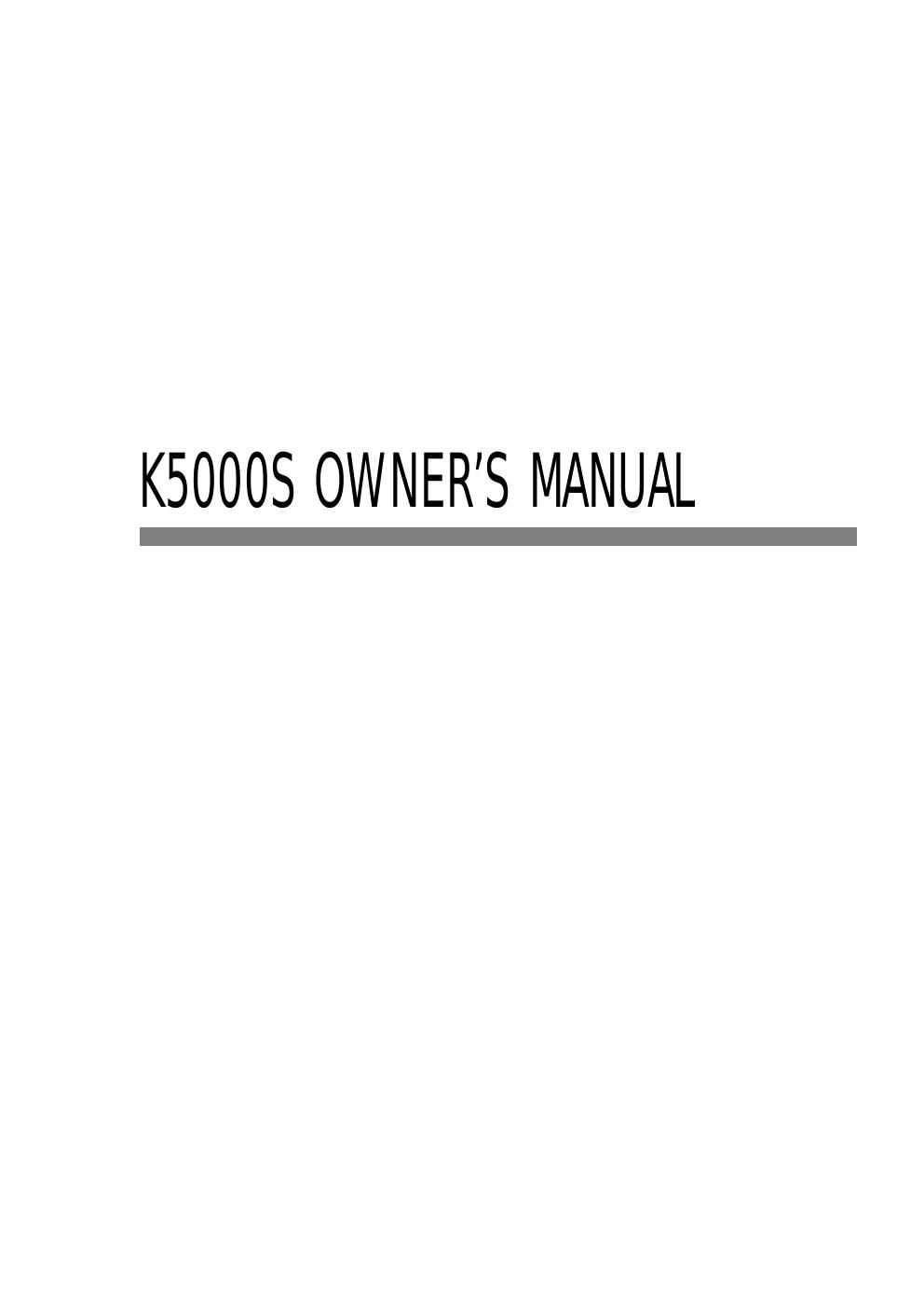Kawai k 5000 s manual
This is the 124 pages manual for kawai k 5000 s manual.
Read or download the pdf for free. If you want to contribute, please upload pdfs to audioservicemanuals.wetransfer.com.
Page: 1 / 124
